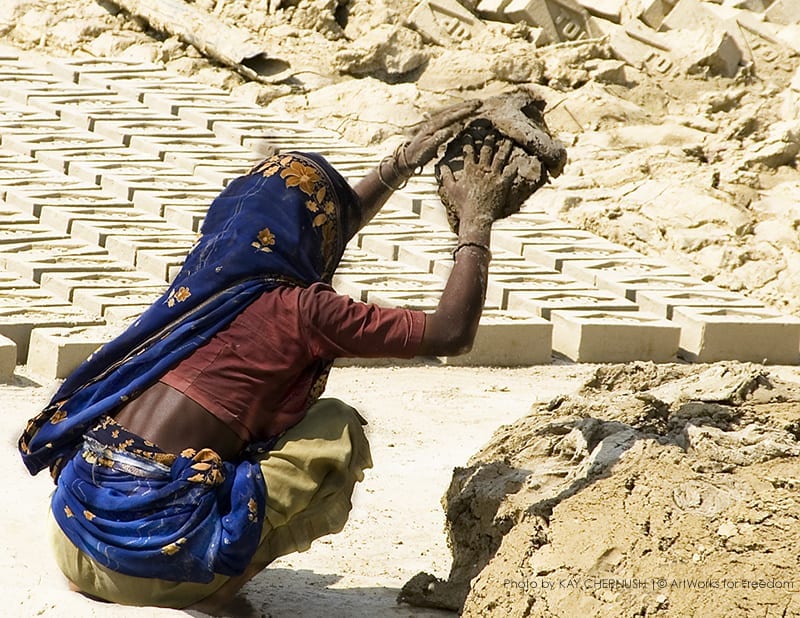
Ending Forced and Child Labor in Nepal’s Brick Industry
On the eve of the International Year for the Elimination of Child Labour , a new survey on Employment Relationship in the Brick Industry in Nepal unveils important information on forced labour, bonded labour and child labour in the sector. The report calls for a concerted effort by all key stakeholders – government, industry employers and workers – to work for decent work agenda in the country’s brick production industry.
Nepal has made remarkable progress in fighting traditional bonded labour practices. Nepal became a pathfinder country of the Alliance 8.7 that is working to accelerate progress towards Sustainable Development Goal 8.7 : take immediate and effective measures to eradicate forced labour, end modern slavery and human trafficking and secure the prohibition and elimination of the worst forms of child labour, including recruitment and use of child soldiers, and end child labour in all its forms by 2025. However, new evidence collected through an Employment Relationship Survey, jointly carried out by the CBS, ILO and UNICEF, indicates that bonded and forced labour still exist in the country’s private sector, including in the brick industry.
The report, first nationally representative research on the brick industry in South Asia, captures major findings that will inform government, industry and other stakeholders’ efforts to end child and bonded labour practices in the sector. It also highlights the linkages between internal and cross-border migration and vulnerability to child labour and economic exploitation.
The survey exposes prevalence of labour exploitation with 6,229 (3.5%) workers in forced labour among the 176,373 manual labourers in the brick kilns (including family members). An estimated 34,593 children (between ages of five and 17) are living in brick kilns. Children account for approximately 10% (17,738) of total workers, and 96% of these working children (17,032) were identified as being in child labour.
Read more here.
